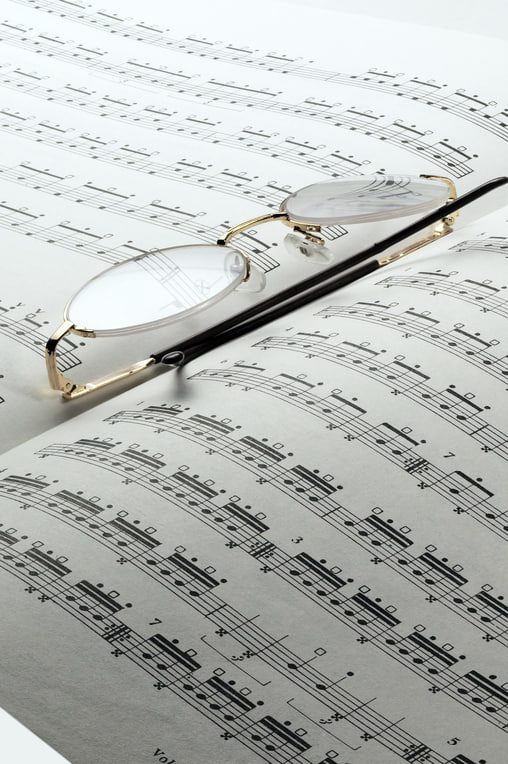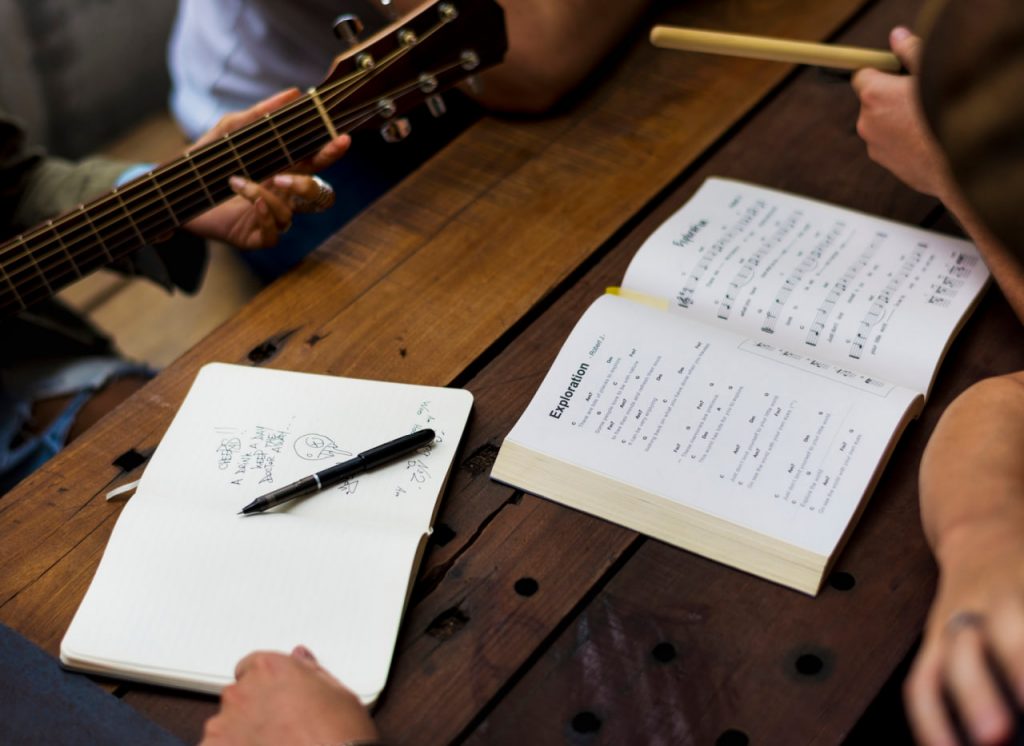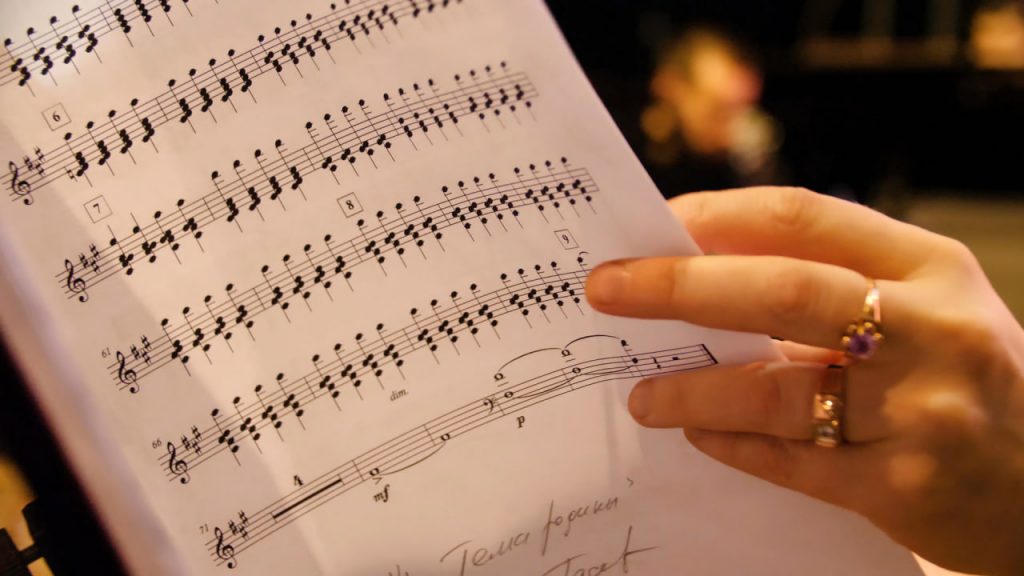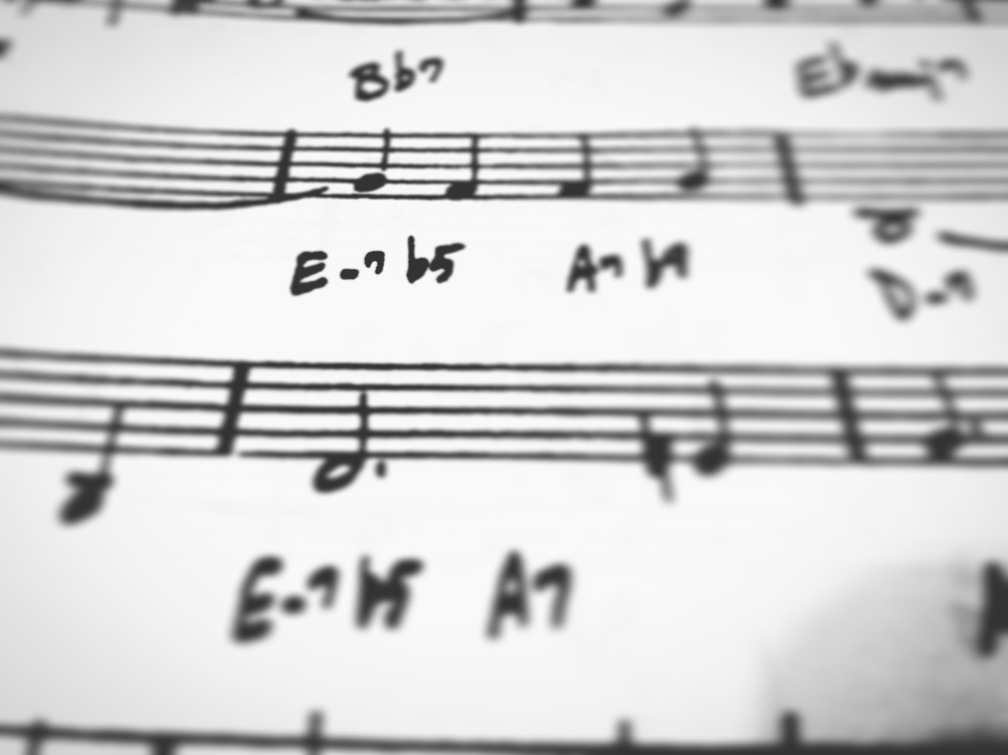Note Mastery
Unlock the Language of Music
Master Music with Confidence
Comprehensive Learning
From basic note reading to advanced harmony and analysis, our curriculum covers it all in digestible steps.
Engaging Materials
Interactive exercises, visual aids, and real musical examples make learning clear and enjoyable.
Suitable for All Instruments
No matter what you play—piano, guitar, violin—music theory applies, and we tailor our lessons accordingly.
Learn at Your Pace
Our flexible structure allows you to study when and how you prefer—without pressure.
Real-World Application
We focus on skills you can use: writing sheet music, improvising, composing, or understanding the songs you love.
Explore Structure, Harmony, and More
Build Real Musical Understanding
Speak Music Fluently
Rhythm & Meter
Understand time signatures, beat division, and rhythmic notation to master timing.
Scales & Modes
Learn major, minor, pentatonic, modal systems, and how they influence melody.
Chord Construction
Build triads, extensions—and understand why they sound the way they do.
Musical Forms
Analyze common structures like binary, ternary, sonata, and pop forms.
No More Guessing—Know Exactly What You’re Hearing and Playing
Foundations That Empower Creativity

Ear Training Integration
Develop pitch recognition and interval awareness as part of your learning.

Composition Tools
Use theory knowledge to compose original pieces or better interpret others’.

Sheet Music Reading
Learn to confidently read treble, bass, alto clefs and complex notations.

Real Song Examples
Study famous melodies and harmonies to see theory in action.

Personal Progress Tracking
Track your milestones and stay motivated with visual progress tools.
Practical, Not Just Academic
Theory That Connects to Your Music

Improvisation Foundations
Use scales, chords, and modes to improvise confidently in any genre.
Analysis Skills
Break down songs and pieces to understand their harmonic and rhythmic structure.
Enhanced Musical Expression
Know exactly how to express emotions through dynamics, tone, and structure.
